Beauty News, Vemel
Understanding Dry vs. Dehydrated Skin
Hydration vs. Moisturization: Unraveling the Differences
It’s a common misconception that hydration and moisturization are the same. Many of us unknowingly conflate dry and dehydrated skin, leading to a cycle of ineffective remedies. By understanding the nuances of our skin, we can tailor our skincare routines more effectively. Dry skin is a distinct skin type characterized by a lack of oil production, whereas dehydrated skin is a temporary condition resulting from insufficient water content in the skin.
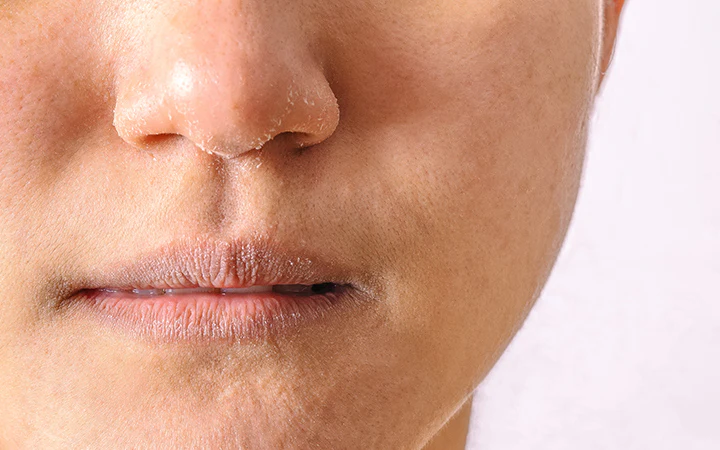
Characteristics of Dry Skin
Dry skin typically produces less oil, which may be due to genetic factors or age-related changes in sebum production. Environmental factors like harsh weather, hot baths, or inadequate moisturization can exacerbate this condition. Symptoms of dry skin include rough, flaky, and dull appearance, often accompanied by a sensation of tightness and increased visibility of fine lines and wrinkles. This skin type may also be more sensitive due to a compromised protective barrier.
Identifying Dehydrated Skin
Unlike dry skin, dehydrated skin can affect anyone, regardless of their skin type. This condition is primarily due to a lack of water and can be triggered by various external factors, including diet, climate changes, or exposure to air conditioning. Symptoms are similar to those of dry skin, such as tightness and dryness, but may also include overproduction of oil as the skin attempts to compensate for the lack of moisture.
Impact of Weather on Skin
Weather conditions play a significant role in skin health. Dr. Ariel Hays, a certified dermatologist, emphasizes that exposure to UVA rays from the sun is particularly detrimental, accelerating aging, dehydrating the skin, and increasing free radicals.
Age-Related Changes
As we age, our skin’s ability to retain moisture diminishes. Dr. Hays notes that structural changes in the skin due to aging can lead to increased dehydration, which in turn, accelerates visible signs of aging like fine lines and a rougher skin texture.
Skincare Routines for Dry vs. Dehydrated Skin
For dry and mature skin, starting with a gentle cleansing oil, such as our No.1 Cleansing Oil, helps maintain moisture while removing impurities. This should be followed by our Advanced Protective Serum to combat free radicals and enhance collagen production. Our Vitamin Rich Face Butter is recommended to seal in moisture and minimize signs of aging.
For those dealing with exceptionally dry areas or conditions like eczema, applying a soothing balm like Wonder Balm as the final step in the evening routine can provide relief and protect the skin barrier.
For normal to oily skin, and younger skins experiencing dehydration, begin with the same No.1 Cleansing Oil to cleanse without stripping moisture. Follow this with a suitable serum like our Active Radiance Serum to nourish and protect the skin. Finish with our Daily Moisturising Face Butter to hydrate and enrich the skin with essential nutrients.
Conclusion
Understanding the specific needs of your skin is crucial for effective skincare. Armed with the right knowledge and high-quality products, addressing skin issues becomes a more straightforward path to healthier and more radiant skin. For more skincare insights and products, visit Dutch Health Store.


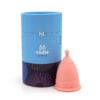







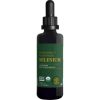




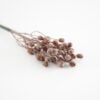


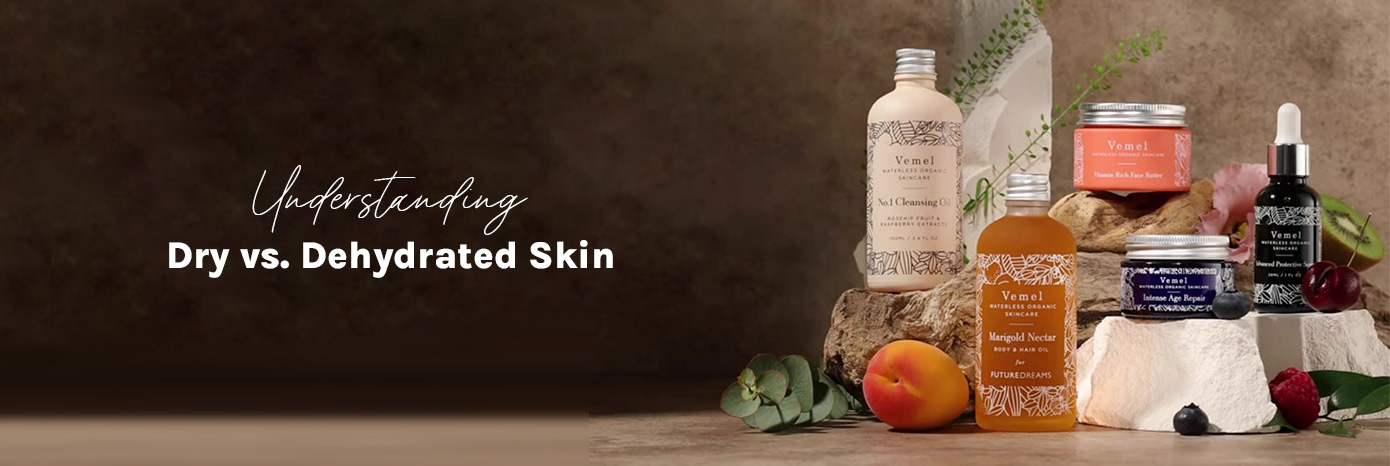


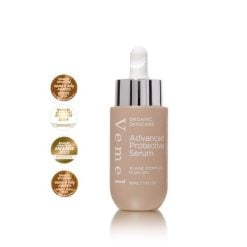
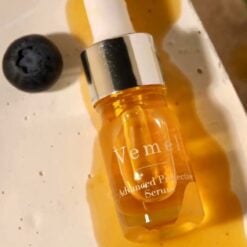




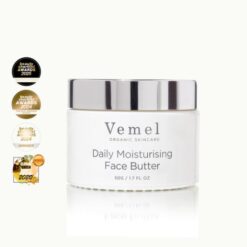
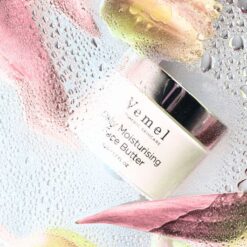
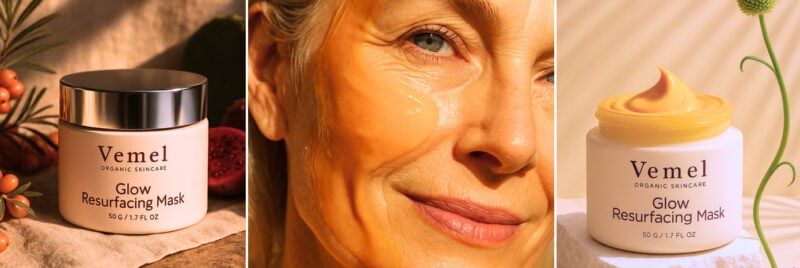


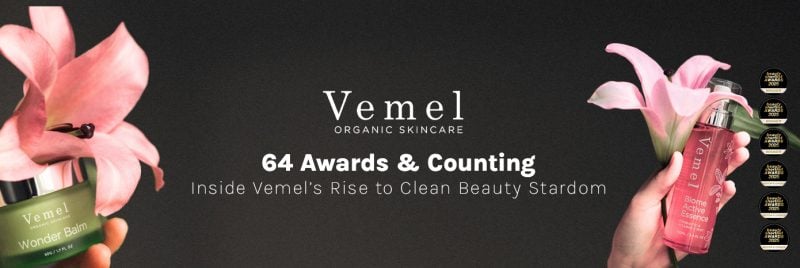



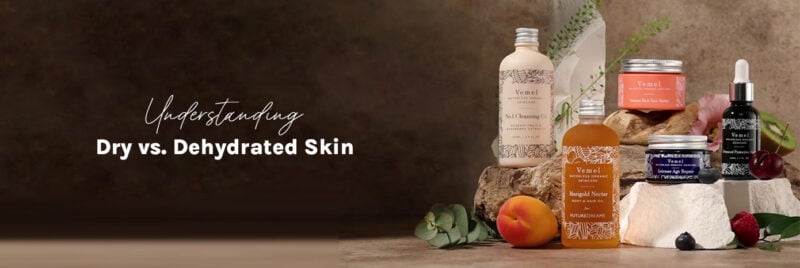
 Beauty Products
Beauty Products By Skintype
By Skintype Brands A-Z
Brands A-Z Wellness
Wellness Health / Nutrition
Health / Nutrition